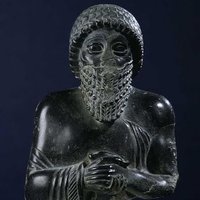
Ben Elimu
@benelimu
Deus Otiosus. D.D. DIVINITATIS DOCTOR. Melammu
ID: 1891754512974843904
18-02-2025 07:40:52
1,1K Tweet
57 Takipçi
559 Takip Edilen
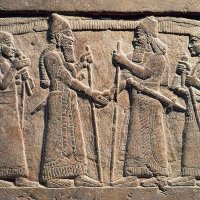


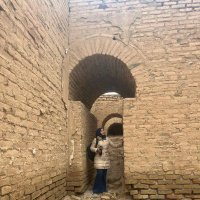












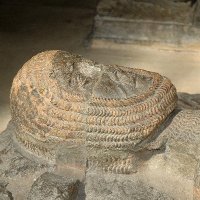
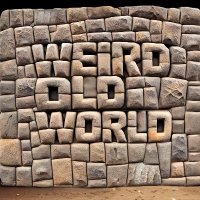



@benelimu
Deus Otiosus. D.D. DIVINITATIS DOCTOR. Melammu
ID: 1891754512974843904
18-02-2025 07:40:52
1,1K Tweet
57 Takipçi
559 Takip Edilen



















